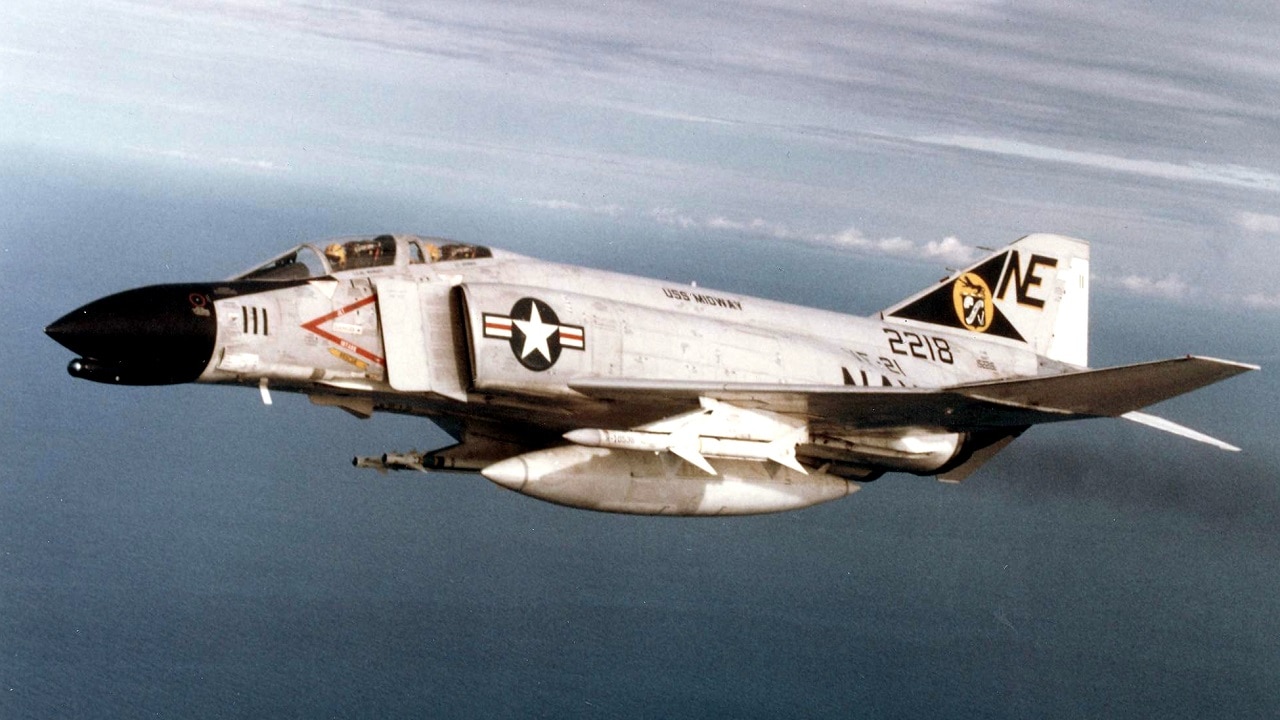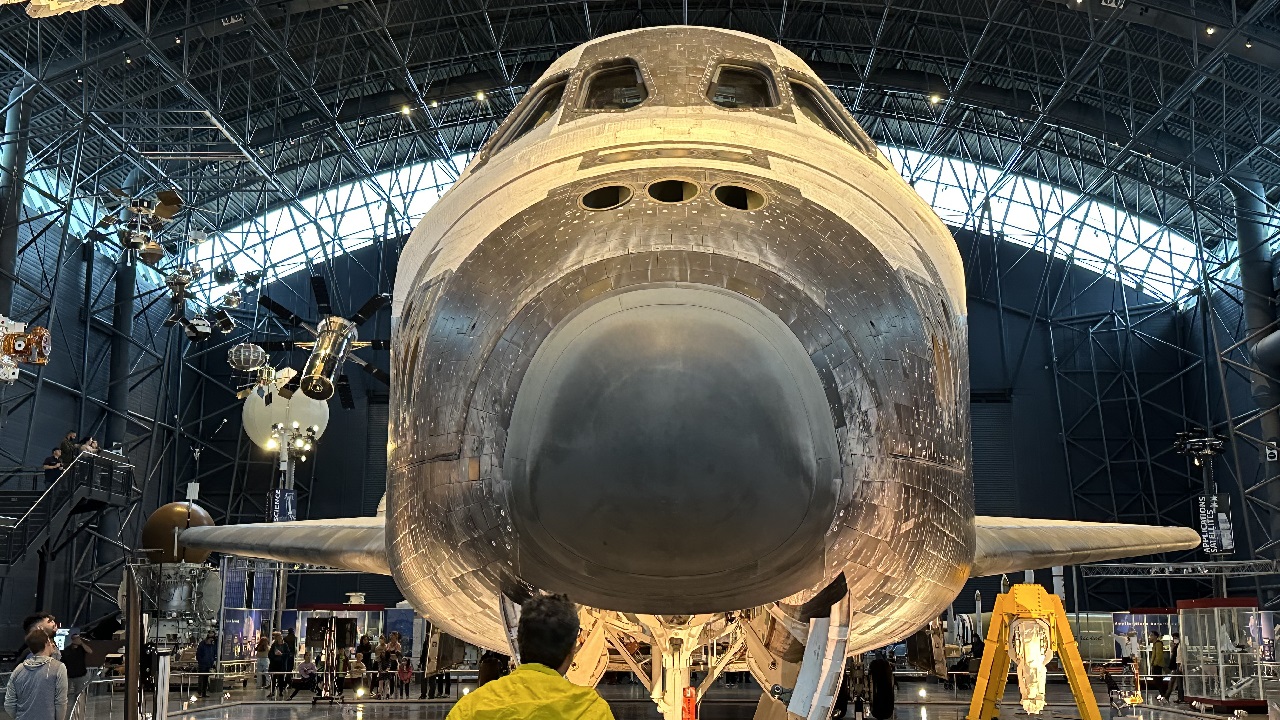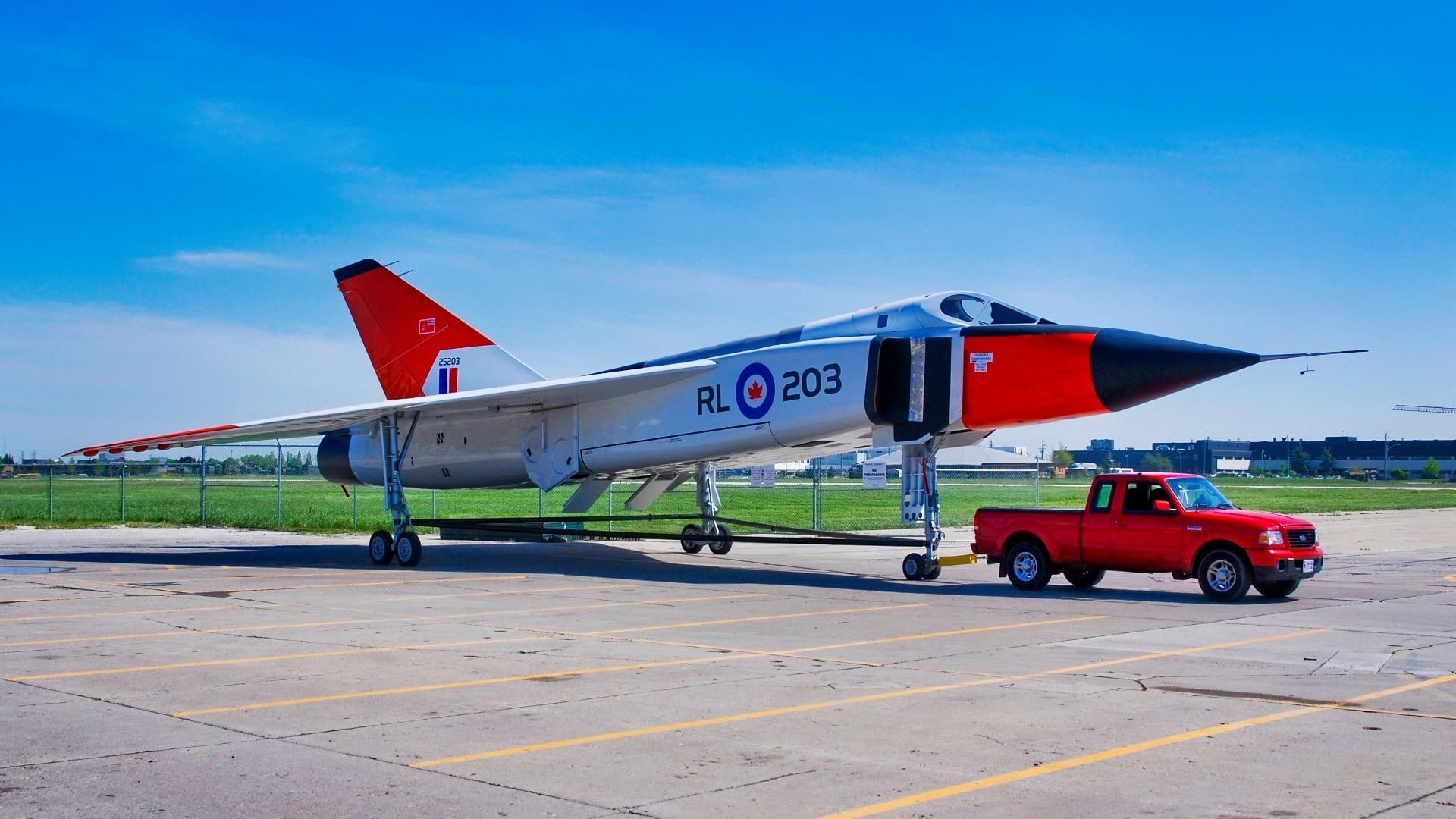What You Need to Know: Canada’s Avro Arrow CF-105 was a 1950s all-weather supersonic interceptor designed to counter Soviet bombers. The sleek, delta-wing jet flew at Mach 2 and reached 50,000 feet, showcasing Canada’s advanced aerospace industry.
-Yet, amid escalating costs and fears the missile age had made interceptors obsolete, Prime Minister John Diefenbaker canceled the program after only five prototypes flew. The government then destroyed the production line and laid off thousands, triggering a “brain drain” of engineers to the United States.
-Decades later, the Arrow remains a cautionary tale of lost national pride and unrealized innovation in Canadian defense history.
The Avro Arrow Setback: Why Canada Still Regrets Its Lost Supersonic Jet
Canada doesn’t seem to get anything right militarily these days. The country is not spending much on defense (less than two percent of GDP), and current military hardware is decaying from non-use. The prime minister, Justin Trudeau, is clinging desperately to power. The last thing on his mind is improving the country’s defense posture. In fact, when I was in U.S. Army Basic Combat Training, Canadian military observers asked us if we got breaks to drink beer. This question made us all mystified whether the Canadians took military training as seriously as the Americans.
The Avro Arrow CF-105 Was the Answer
At one point, Canada was trying to be a world leader in defense. The North American country thought the Avro Arrow CF-105 warplane would take the fight to the Soviets and show that America’s northern neighbor was a military force to be reckoned with. This was 65 years ago during the height of the Cold War when the Soviets were seen as having an Air Force superior in the sheer number of airplanes they flew with a fleet of nuclear-capable bombers that often crossed into Canada’s air defense identification zone (ADIZ).
Canada Had High Hopes
Canada needed a multi-role all-weather interceptor to get promoted to the big leagues. The CF-105 was going to be the fighter that made the Canadians a world-class air force to keep the Russians from encroaching on their air space.
But the CF-105 was a colossal disappointment. The program was canceled within the first year after the Avro Arrow first flew.
“This aircraft was completely Canadian,” says Richard Mayne, chief historian of the Royal Canadian Air Force, “and the performance markers during its development very much showed that it was at least on par with the most advanced designs of the time,” according to CNN.
What a Disappointment
The airplane still has people in Canada wondering what could have been, and it stings. Some baby boomers look at it as a failure that wounded national pride.
“When it got canceled, that was one of Canada’s ‘what if’ moments,” Mayne added. “The Arrow has still got a grip on our national psyche.”
Canadians worried that during the Cold War, the Soviet Union could fly bombers over the Arctic and drop nuclear bombs over cities and military installations. The air force from the Great White North needed an answer quickly or the Russians would always have a strategic edge.
So, in 1952, Canada had an ambitious proposal. It wanted to build an ultra-fast fighter (MACH 2) that could fly at 50,000 feet altitude. This would enable the airplane to intercept Soviet bombers and escort them out of harm’s way or attack and destroy them if war was imminent.
The desired aircraft became the CF-105, and it was a testament to the burgeoning Canadian defense industry during the time of the space race that was started by the Soviet’s deployment of Sputnik into orbit. Canada was a relatively new country that needed a shot in the arm for a military that performed well during World War II. Still, a decline was seen in the number of soldiers and airmen on active duty.
Just What the Air Force Needed
When it first flew in 1958, people were excited. The airplane just looked cool. It was long and sleek with a modern delta-wing design. The white paint glistened on sunny days. The airframe was larger than an F-4 Phantom and looked like it could outrun anything the Soviets put in the air.

Vietnam War F-4 Phantom. Image Credit: Creative Commons.
But then something strange happened. Instead of worrying about Russian bombers (which are still a factor today), the Canadian military thought that due to Sputnik, the Soviets would eventually deploy large flights of ICBMs. The CF-105 would not be able to intercept the ultra-fast-moving ballistic missiles.
Plus, the cost of the CF-105 was going up, and Canada did not earmark enough funds to make more than five fighters. Prime Minister John Diefenbaker made the fateful decision to cancel the program. And then, to add insult to injury, he opted to destroy the production line because of fears about Soviet spying.
This was flawed thinking. Canada could have used the CF-105 in great numbers. It could have flown for decades and kept Soviet bombers from flying into the Canadian ADIZ. People were disappointed that such a great symbol of national pride was taken away.
Economic Development Disaster
To make matters worse, after the production line ended and thousands of Canadians lost their jobs, the defense contractor went out of business. This became a national disgrace that sapped the morale of the Air Force and had everyday citizens wondering if the prime minister took the nation’s defense seriously. I had the same question during basic training – were Canadians able to prioritize national security?
Canada also went through a brain drain period. The designers and engineers of the Avro Arrow who were laid off moved to the United States and worked for NASA.

NASA Space Shuttle Discovery. Image Credit: 19FortyFive.com taken on October 1, 2022.
This left Canadians worried that they would never recover militarily. Could the CF-105 have been produced cheaper? Would they have been able to export the airplane to the United Kingdom and bring in money from international sales that could be transferred to the Canadian treasury to fund the defense efforts?
These questions were never answered. The decision to cancel the entire CF-105 program and the company that produced the fighter must go down as one of the worst military outcomes in the history of the country. Some Canadians have harped about a conspiracy theory regarding the downfall of the CF-105. Perhaps the Americans were mistaken and falsely led the Canadians into thinking that the ICBM would be the biggest threat to security in the Great White North.
That theory was plausible but not probable. The Dwight D. Eisenhower administration would have encouraged Canada to provide for its own defense with a new fighter. Anything to help North America in those days was seen as a plus.
No, the Canadians simply made a mistake, and it will go down in history as a big one. Hopefully, the current prime minister, or an incoming one, will make sure the Canadians have a better outlook on defending themselves and spend more money on its military while taking training seriously, or it will continue to be a languishing NATO partner.
About the Author: Dr. Brent M. Eastwood
Brent M. Eastwood, PhD. is the author of Don’t Turn Your Back On the World: a Conservative Foreign Policy and Humans, Machines, and Data: Future Trends in Warfare plus two other books. Brent was the founder and CEO of a tech firm that predicted world events using artificial intelligence. He served as a legislative fellow for U.S. Senator Tim Scott and advised the senator on defense and foreign policy issues. He has taught at American University, George Washington University, and George Mason University. Brent is a former U.S. Army Infantry officer. He can be followed on X @BMEastwood.

